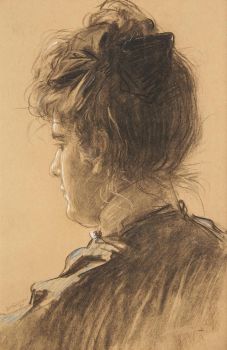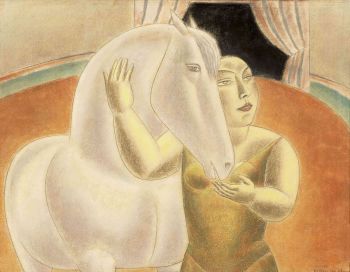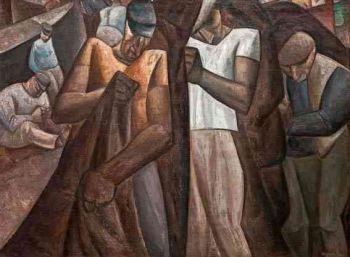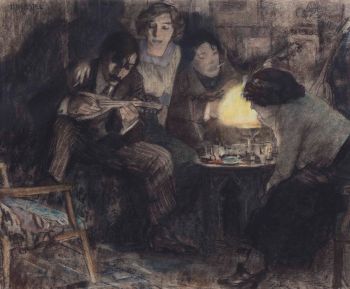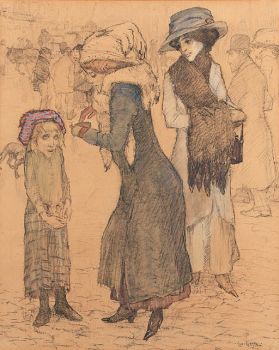Unity in Diversity: Leo Gestel
The newly opened Museum Voorlinden in Wassenaar is currently hosting the exhibition The Meantime, presenting a selection of artworks that prompt visitors to stand still and experience what they call “non-quantifiable inner time”, a state of being in which you lose track of time. It is also that particular space that makes way for creativity, something that has fascinated artists for many centuries.
"Never before have we had so much time and yet we feel more rushed than ever. The exhibition encourages the viewer to experience their personal and natural rhythm."
Leo Gestel, Herfstdag te Nijmegen, 1909.
One of the paintings that is included in this exhibition is 'Herfstdag te Nijmegen' (1909), made by the Dutch painter Leo Gestel (1881-1941). He is considered to be one of the leading artists of the Dutch modernism movement, alongside the likes of Piet Mondriaan and Jan Sluijters. Gestel first received lessons in drawing from his father and later attended night-classes at the famous Rijksakademie voor de Beeldende Kunsten in Amsterdam. When he was in Paris, he came into contact with avant-garde art and took a particular liking towards Fauvism. The painting 'Herfstdag te Nijmegen' is a lyrical representation of the distinctive colours of a late autumn afternoon. According to Gestel, the trees during autumn were crowned with a "golden tiara of unprecedented splendour". 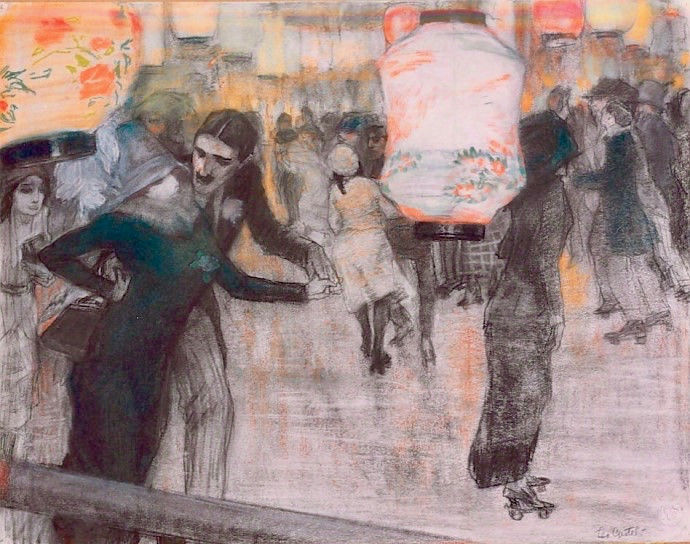
Leo Gestel, Rollerskating Rink with Japanese Lanterns, 1910-1911.
Gestel’s work displays a great variety. Influences of (Post-) Impressionism, Luminism, Fauvism and Cubism may be found in his portraits, landscapes, still life and genre scenes. But his paintings and drawings are often the result of an entirely personal interpretation of these styles, giving each one an authentic character. Even though Gestel’s work is considered to be avant-garde, it often radiates tranquillity, appearing as if time stood still. 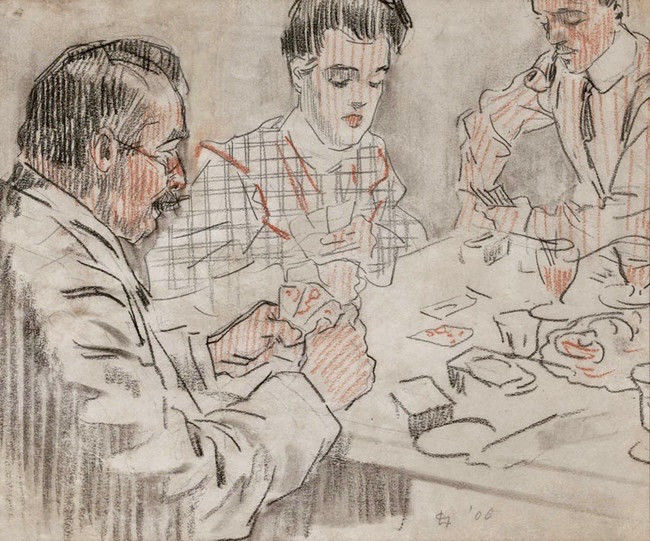
Leo Gestel, Playing Cards, 1906.
In spite of their variety, Gestel’s works often radiate a similar ambiance. We invite you to take a look, for in his work, there’s something for everyone.
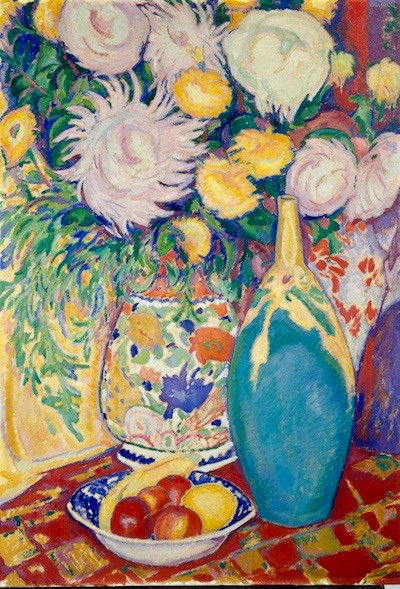
Leo Gestel, Still-life with Flowers, 1912.
Header Image: Leo Gestel, The Montfort Countryside, ca. 1919. For more artworks of Leo van Gestel have a look at Gallerease!


